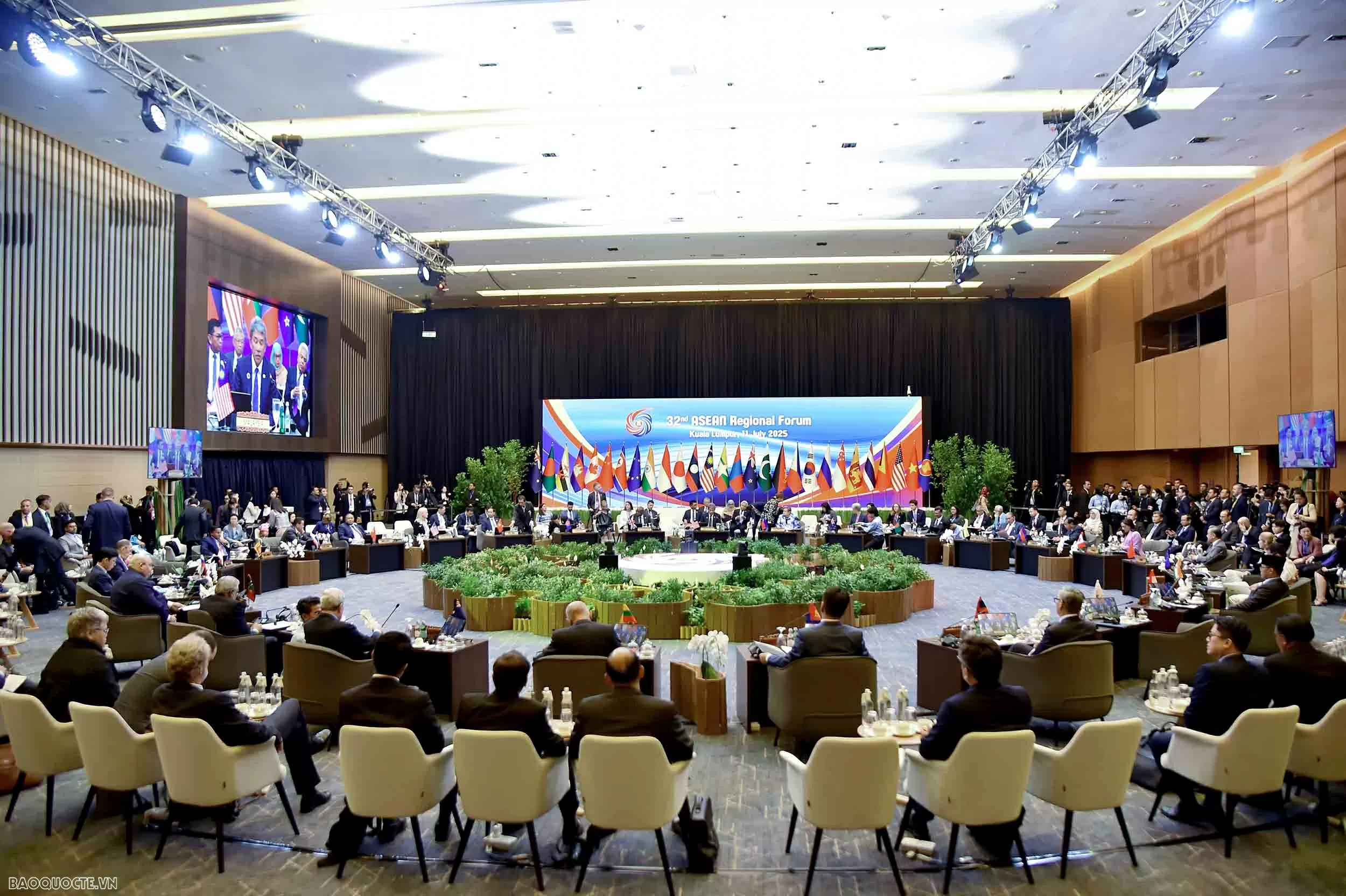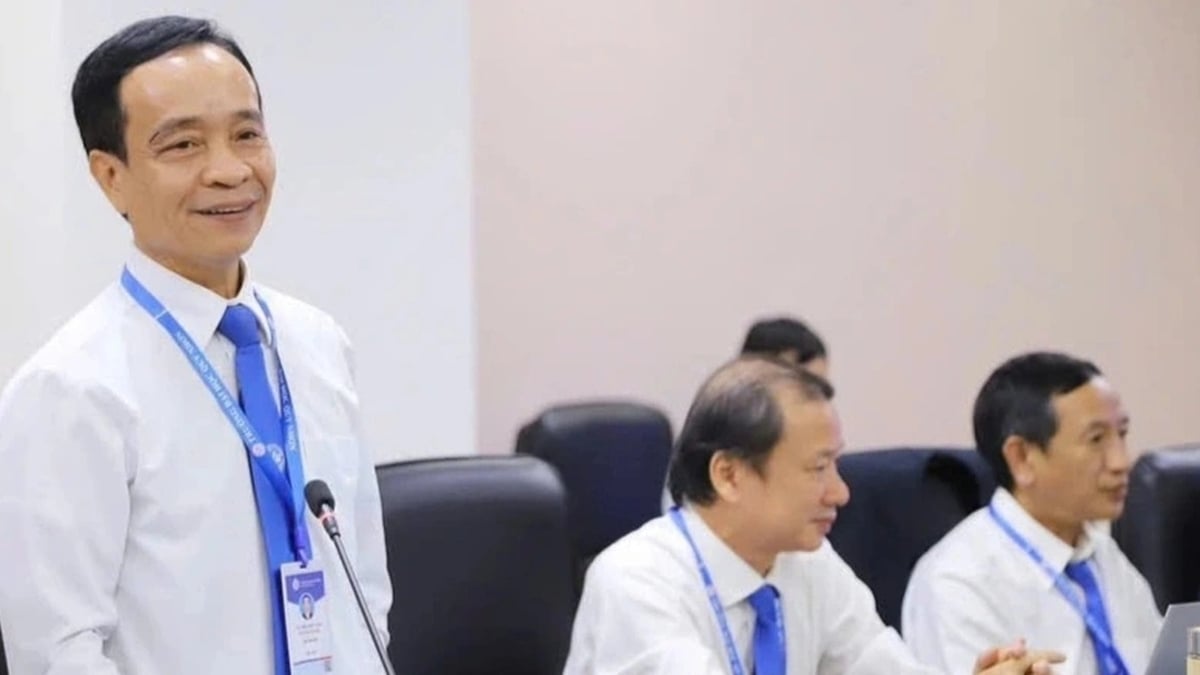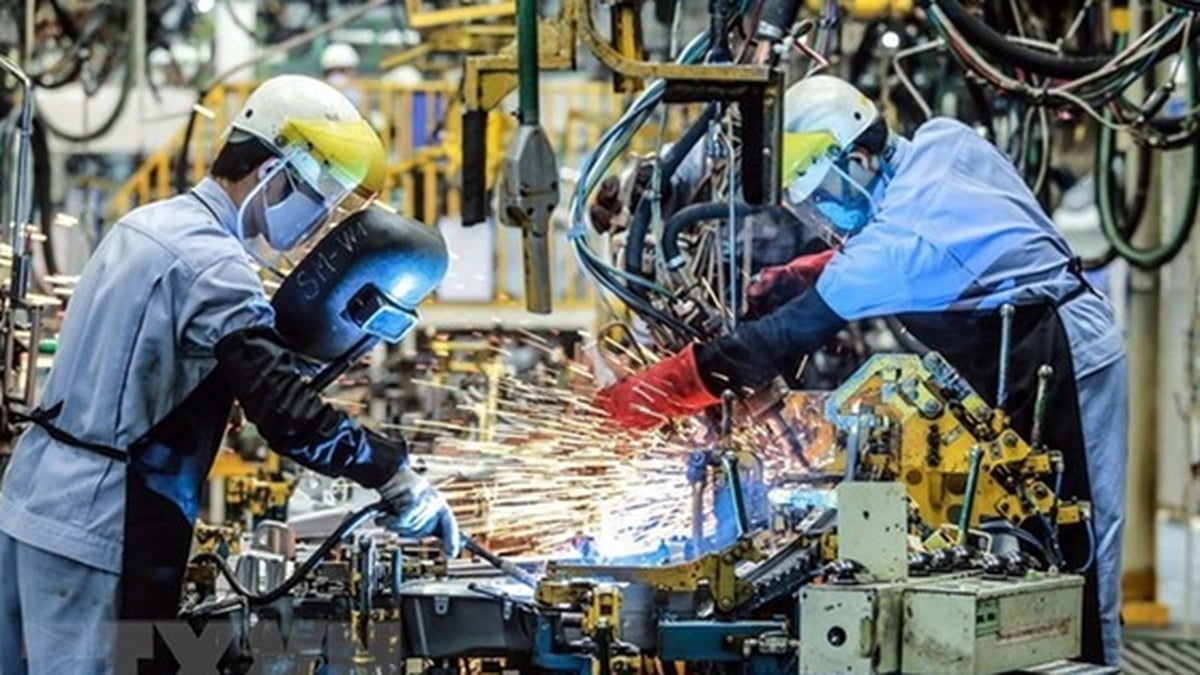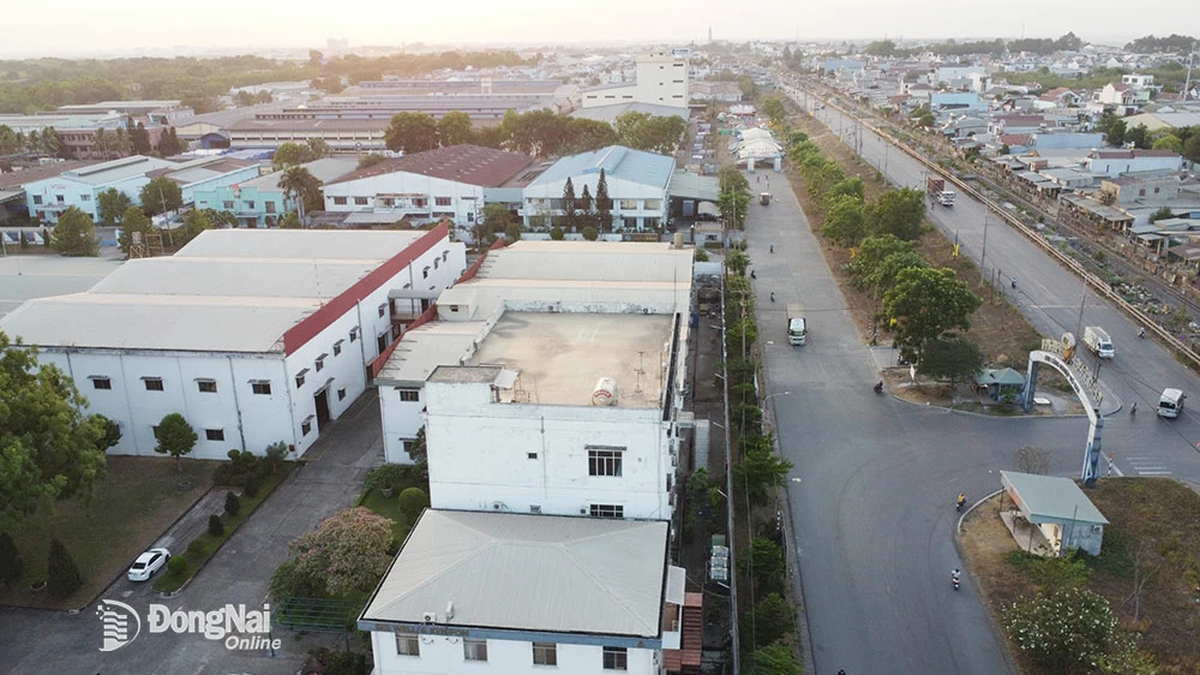 |
| The 32nd ASEAN Regional Forum (ARF) within the framework of the ASEAN Foreign Ministers' Meeting in Malaysia on July 11. (Photo: Quang Hoa) |
In a recent analysis on the Modern Diplomacy website, expert Abdullah Akbar Rafsanjani, a researcher at the Center for Security and Foreign Affairs Studies (CESFAS), analyzed the role of ASEAN in regional and world peace .
According to expert Abdullah Akbar Rafsanjani, in today's world context, Southeast Asia has demonstrated sustainable regional stability, tested over time. Since its establishment 58 years ago, ASEAN has maintained regional cohesion based on the principles of non-interference in the internal affairs of countries, dialogue and consensus.
If peace is the global narrative, Southeast Asia should be at the center of it, not only because of its stability but also because of its capacity to resolve differences through dialogue rather than confrontation.
For nearly six decades, Southeast Asian countries have maintained a path of building regional solidarity to avoid conflict. ASEAN was established with the goal of not being "sucked" into the vortex of the Cold War. ASEAN's founders realized that regional stability could only be achieved if countries trusted each other and had a common forum.
Expert Abdullah Akbar Rafsanjani highlighted that the Treaty of Amity and Cooperation in Southeast Asia (TAC) signed in 1976 became a milestone in the formation of a regional framework to ensure peaceful conflict resolution, followed by many initiatives such as the ASEAN Regional Forum (ARF), the East Asia Summit (EAS)...
Southeast Asia is a testament to the fact that peace does not necessarily come from military alliances but from dialogue, diplomacy and unity in diversity. This is the region's strength, making ASEAN the "heart" of world peace in a multipolar world.
Source: https://baoquocte.vn/chuyen-gia-ly-giai-vi-sao-asean-la-trai-tim-cua-hoa-binh-the-gioi-321191.html




















































![[Maritime News] More than 80% of global container shipping capacity is in the hands of MSC and major shipping alliances](https://vphoto.vietnam.vn/thumb/402x226/vietnam/resource/IMAGE/2025/7/16/6b4d586c984b4cbf8c5680352b9eaeb0)













































Comment (0)